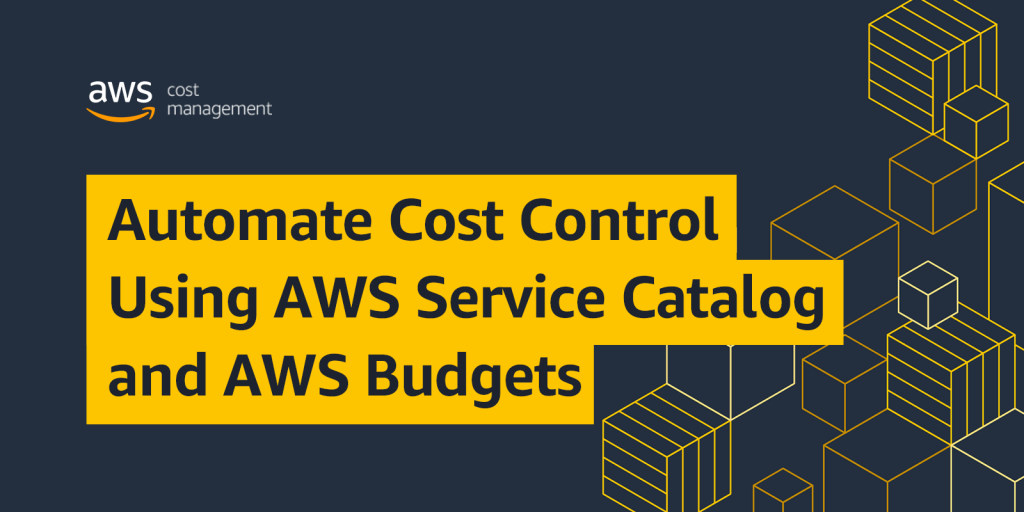AWS Cloud Financial Management
Category: AWS CloudFormation
Integrate AWS Cost Anomaly Detection Notifications with IT Service Management Workflow – Part 2 ServiceNow
In part one of this blog series, we shared instructions on how you can integrate AWS Cost Anomaly Detection (CAD) notification with Atlassian Jira Service Management (read blog). In part two of the blog series, we will shed light on the integration of CAD with ServiceNow IT Service Management. ServiceNow IT Service Management offers a widely […]
Improving your FinOps practice with real-time Slack notifications of AWS CFM announcements
AWS publishes more than 200 announcements per month to the “What’s New with AWS” website and RSS feed, so there’s a lot to get excited about. However, finding relevant announcements in these updates can be a challenge for engineers, finance professionals, or FinOps stakeholders. In this blog, we will deploy a solution to collect cost optimization related announcements from the “What’s New with AWS” feed and pass them into a dedicated Slack channel.
2021 Year-to-Date AWS Cloud Financial Management Updates Recap
For those of you who don’t want to miss any news from AWS Cloud Financial Management (CFM) space in 2021, this blog post will provide a quick recap of this year’s updates: from category name updates, to CFM training for builders, to all the service and feature enhancement across CFM solution areas.
Discovering and Deleting Incomplete Multipart Uploads to Lower Amazon S3 Costs
This blog post is contributed by Steven Dolan, Senior Enterprise Support TAM Amazon S3’s multipart upload feature allows you to upload a single object to an S3 bucket as a set of parts, providing benefits such as improved throughput and quick recovery from network issues. In general, when your object size reaches 100 MB, […]
Cost Reporting Based on AWS Organizations Account ID Tags
This blog post shares how you can build cost reports based on AWS Organizations Account tags. Learn how you can retrieve your account information, including tags from AWS Organizations, get your cost details from the AWS Cost Explorer API, and store this information in a CSV file in Amazon S3.
Cost Control Blog Series #2: Automate Cost Control using AWS Service Catalog and AWS Budgets
Customers let us know that they want native, automated spend management capability at the point of self-service resource provisioning. AWS Service Catalog allows you to pre-approve services for your users. With its integration with AWS Budgets, you can create and associate budgets with portfolios and products, and keep your developers informed the resource costs for them to run cost-aware workloads. In this blog post, we will walk you through how you can set up a serverless automated workflow to govern the cost for your AWS Service Catalog portfolio.
Cost Allocation Blog Series #4: Visualize Data Transfer Costs with Cost and Usage Reports, Athena, and QuickSight
The right level of visibility into the shared costs allows organizations to understand the main drivers for these costs and provides insights into cost optimization opportunities. In this blog post, we will share tips on how you can visualize data transfer cost details available in AWS Cost and Usage Reports (AWS CUR) for analysis using Amazon Athena and Amazon QuickSight.
Launch: Daily Cost and Usage Budgets
AWS Budgets allows you to stay informed of your cost and usage based on the custom budget limits. You will receive alerts if your cost and usage exceed or are forecasted to exceed these monthly, quarterly, and/or annual budget thresholds you set yourselves. The best way to leverage AWS Budgets is to set your expected […]
Cost Allocation Blog Series #3: Enforce and Validate AWS Resource Tags
Tagging is one of the most foundational steps that you need to take in order to establish a meaningful cost allocation model. Customers asked us how you can ensure teams consistently create and apply the resources tags based on the tagging strategy. In this blog, we will share recommendations on how your team, especially your AWS administrators, can enforce and validate your resource tags.
Querying your AWS Cost and Usage Report using Amazon Athena
The AWS Cost & Usage Report contains the most comprehensive information available on your costs and usage. To extract value quickly from your AWS Cost & Usage Report, query the underlying data source using Amazon Athena. The Athena serverless interactive query service directly queries the information in your Amazon S3 bucket, and analyzes it using […]









